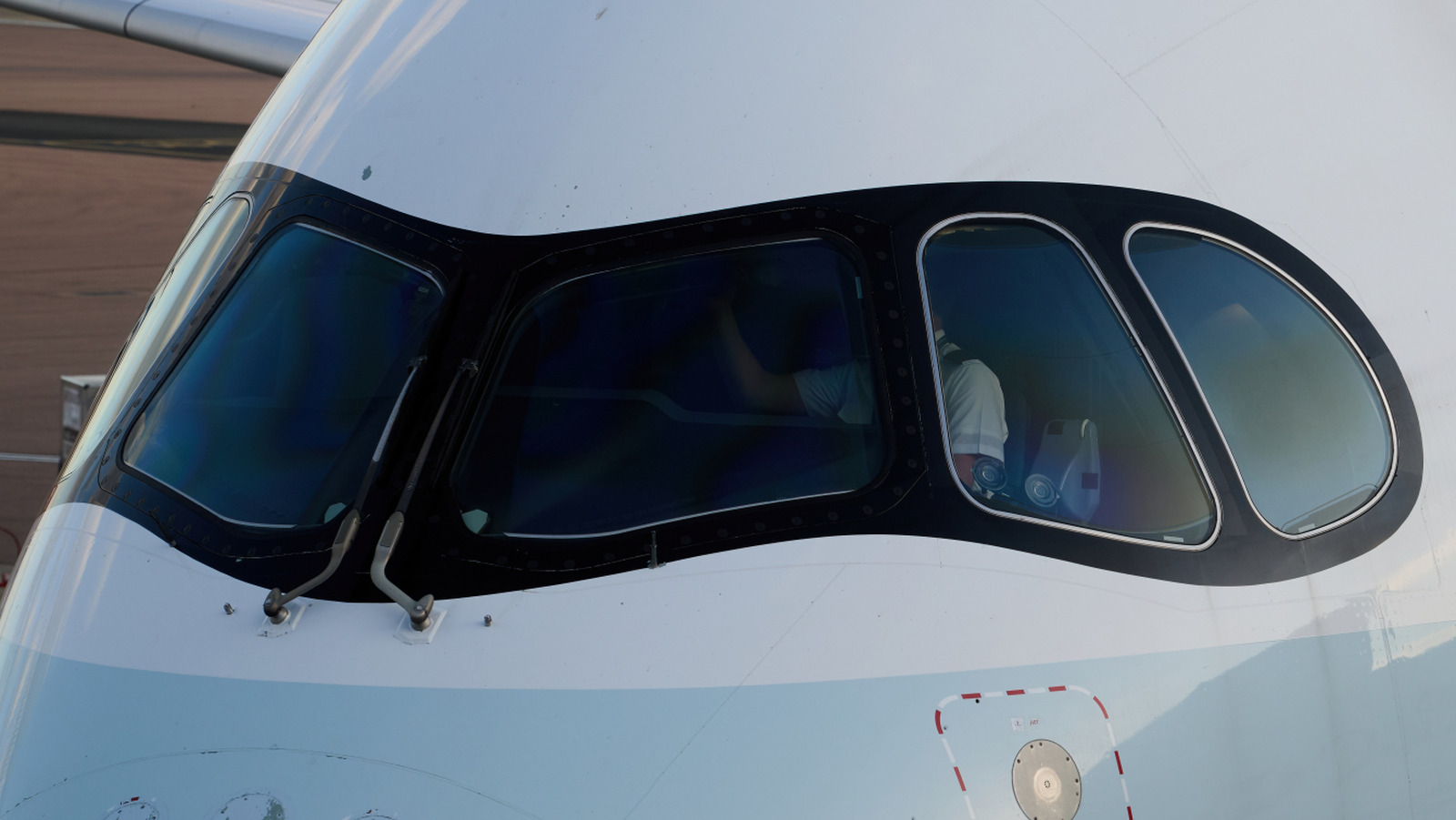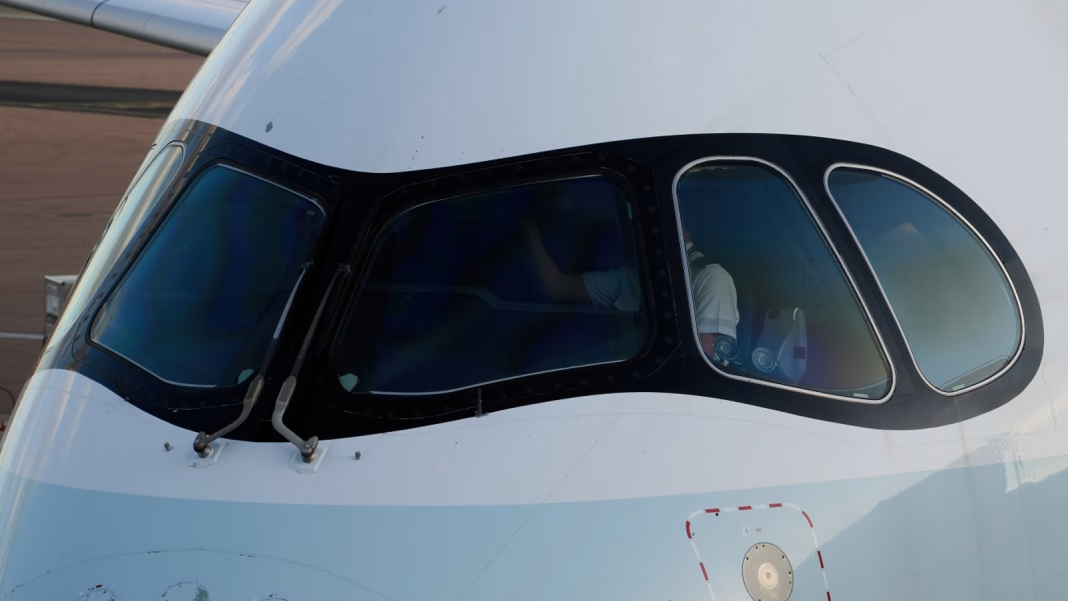Why Does the Airbus A350 Have That Distinctive Black Mask?
If you’ve ever glanced up at an Airbus A350 and wondered whether Zorro or a raccoon was piloting your flight, you’re not alone. That bold black mask around the cockpit windows is hard to miss, and it’s sparked plenty of curiosity among aviation enthusiasts and casual travelers alike. But here’s the twist: that eye-catching design isn’t just for show. There’s real engineering and operational logic behind it.
What’s the Real Purpose Behind the Black Mask?
Let’s clear up a common misconception right away—the black mask on the A350 isn’t just a branding gimmick. While it does give the aircraft a sleek, futuristic look, its main job is much more practical. The black paint is actually a special coating designed to reduce glare and minimize the effects of sunlight for pilots in the cockpit.
Think about it: at cruising altitude, sunlight can be intense, especially when it reflects off the aircraft’s nose and windows. This can cause distracting glare and even increase cockpit temperatures. The black mask absorbs more light and helps cut down on reflections, making it easier for pilots to see their instruments and the sky ahead. It’s a small detail, but it can make a big difference during long-haul flights or when flying directly into the sun.
How Does the Mask Help With Maintenance and Durability?
There’s another layer to this story. The black mask isn’t just about comfort—it’s also about protecting the aircraft itself. The area around the cockpit windows is particularly vulnerable to wear and tear, especially from ultraviolet (UV) radiation. Over time, UV rays can degrade the sealants and adhesives that keep those windows airtight.
The special black coating used on the A350’s mask is formulated to resist UV damage, helping preserve the integrity of the cockpit windows and their seals. This means fewer maintenance headaches and a longer lifespan for some of the plane’s most critical components. Airbus engineers have even noted that this approach can reduce the risk of crazing—tiny cracks that can form in the window material due to prolonged sun exposure.
Does the Mask Affect the Aircraft’s Aerodynamics?
You might be wondering if slapping a big patch of black paint on the nose of a jet could mess with its aerodynamics. The good news: it doesn’t. The coating is ultra-thin and precisely applied, so it doesn’t disrupt airflow or add any noticeable drag. In fact, Airbus worked closely with aerodynamicists to ensure the mask wouldn’t interfere with the A350’s performance or fuel efficiency.
Interestingly, the mask’s shape isn’t arbitrary. It’s carefully contoured to cover the most sun-exposed areas without extending into regions where it’s not needed. This balance between form and function is a hallmark of modern aircraft design—where every detail, even the paint, serves a purpose.
Are There Other Aircraft With Similar Features?
The A350 isn’t the only plane with a distinctive cockpit mask, but it’s certainly the most famous. Airbus first introduced this feature on the A350, and it’s since become something of a signature look for the model. Other aircraft, like the Boeing 787 Dreamliner, use different strategies to manage cockpit glare and UV exposure, such as advanced window coatings and tints, but they don’t have the same bold visual effect.
Some airlines have even embraced the mask as a branding opportunity, customizing its shape or incorporating it into their livery. But at its core, the mask remains a functional feature—one that’s now being studied for use on future aircraft designs.
What Do Pilots and Experts Say About the Mask?
Pilots who fly the A350 often rave about the difference the mask makes. Reduced glare means less eye strain, especially on long flights or when flying over bright cloud tops. Maintenance crews appreciate the added protection for window seals, which translates to fewer unscheduled repairs and lower operating costs.
A 2022 report from the International Air Transport Association (IATA) highlighted the growing importance of cockpit comfort and visibility in modern aircraft design. Features like the A350’s mask are part of a broader trend toward prioritizing pilot well-being and operational efficiency, especially as airlines push for longer, ultra-long-haul routes.
What’s the Big Takeaway for Travelers and Aviation Fans?
The next time you spot an Airbus A350, you’ll know there’s more to that black mask than meets the eye. It’s a clever blend of style and substance—protecting pilots, preserving the aircraft, and giving the plane a unique personality all at once. The big takeaway? Smart design in aviation isn’t about perfection—it’s about thoughtful adjustments that make a real difference. Next time you fly, keep an eye out for those subtle details. They might just be the reason your journey is smoother than you realize.


